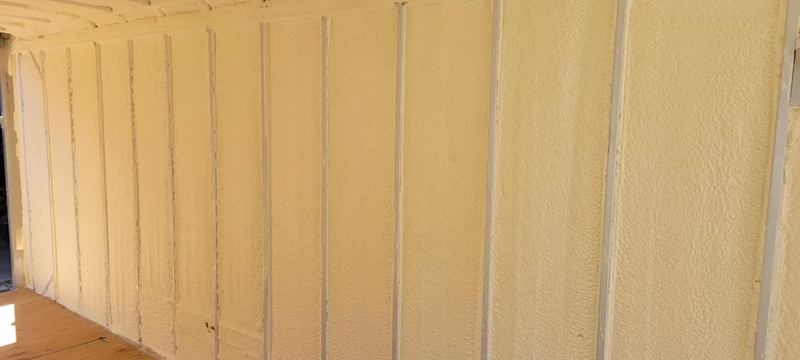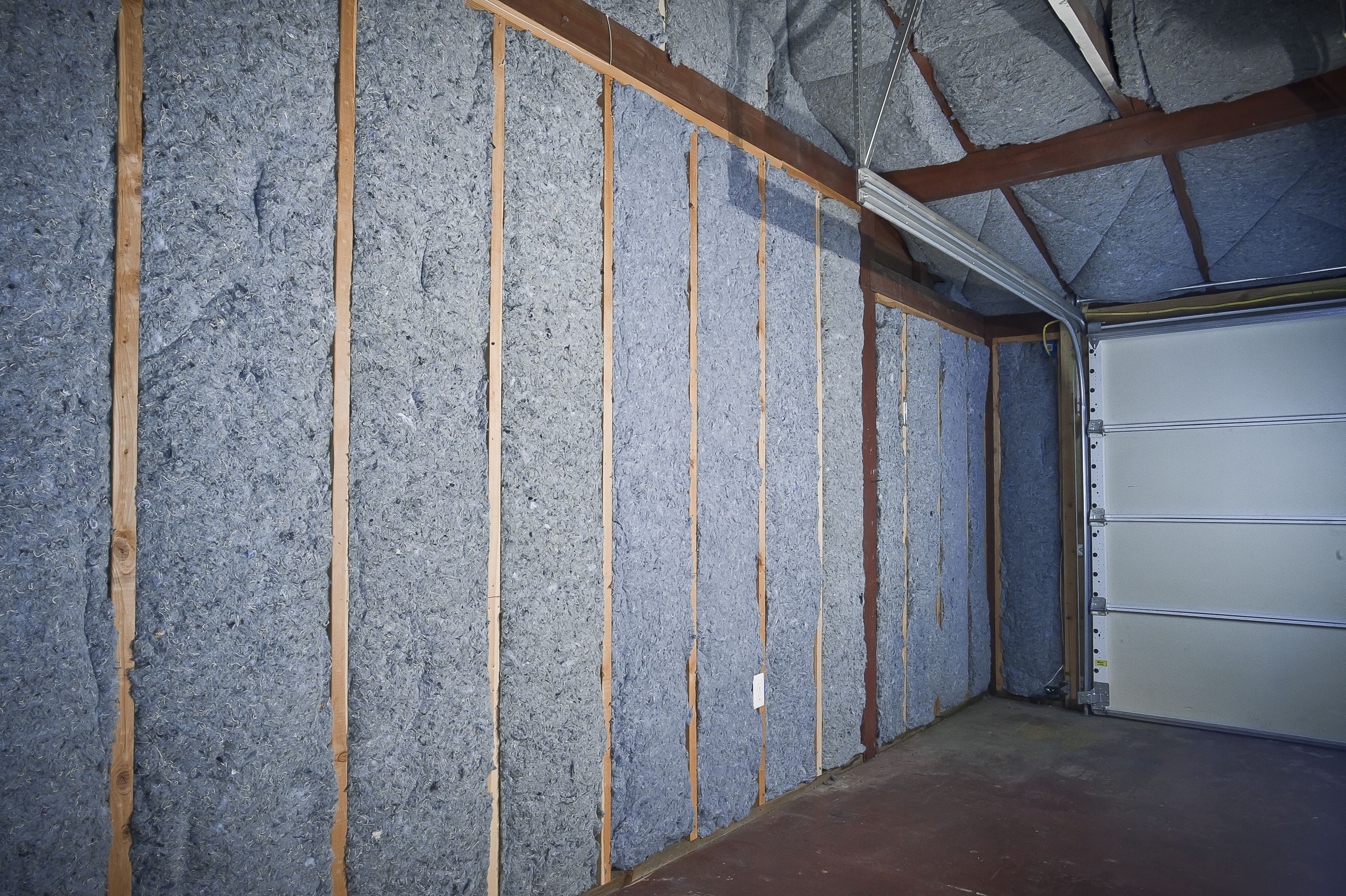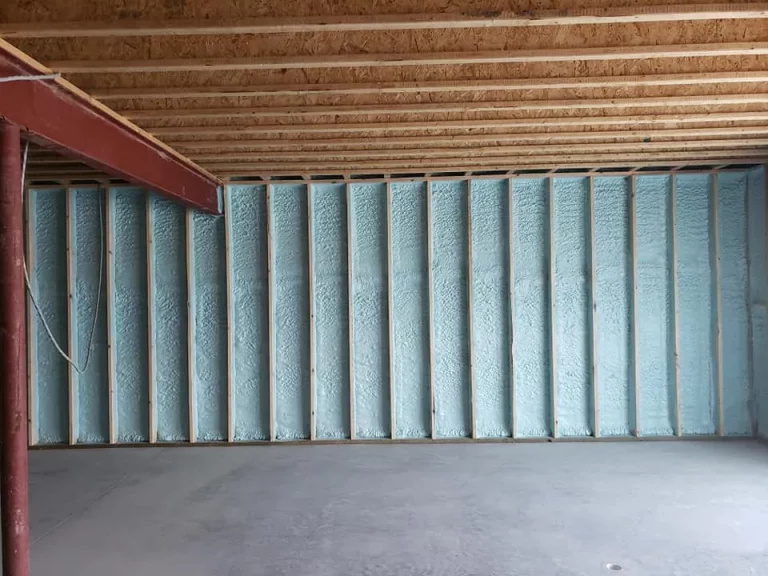Wall assemblies are a major point of energy loss in both residential and commercial buildings. Thermal bridging—when heat bypasses insulation by traveling through more conductive materials like wood or metal framing—undermines overall performance. To improve energy efficiency and indoor comfort, expert wall insulation contractor must address these weak points directly. This article outlines how modern insulation strategies help reduce thermal bridging and support better building envelope design.
How Thermal Bridging Affects Wall Insulation Performance
Thermal bridging significantly reduces R-values, allowing heat to transfer through framing materials even when cavities are insulated. Understanding how and where it occurs is the first step in applying the right techniques.
What Is Thermal Bridging?
Thermal bridging happens when materials with high thermal conductivity—such as metal studs, wood framing, or concrete—interrupt the thermal insulation layer. This creates “shortcuts” for heat to escape or enter, reducing the effective insulation performance.
- Framing members can account for up to 25% of the total wall area.
- Common bridge points include window headers, wall studs, and slab edges.
- Energy losses are especially pronounced in cold climates or buildings with poor insulation detailing.
Impacts on Energy Efficiency
Bridging directly affects heating and cooling loads by enabling:
- Increased energy bills due to consistent heat loss or gain.
- Moisture accumulation from condensation at cold bridge points.
- Reduced indoor comfort from uneven surface temperatures.
Continuous Insulation as a Primary Solution
Continuous insulation (CI) is a proven method for minimizing thermal bridging. It is installed on the exterior or interior of framing and runs uninterrupted across all structural members.
Exterior Rigid Foam Boards
Rigid insulation boards such as polyisocyanurate, EPS, or XPS are commonly used for exterior CI.
- Provides a continuous thermal barrier outside of studs.
- Improves dew point management by keeping the sheathing warm.
- Supports higher R-values per inch than many cavity-fill options.
Mineral Wool Boards for Fire Resistance
For non-combustible wall assemblies or fire-rated designs, mineral wool insulation provides:
- Inherent resistance to fire and temperature extremes.
- Moderate R-values (R-4.2 per inch) with open vapor permeability.
- Dimensional stability in high-humidity environments.
Closed Cell Spray Foam as Continuous Barrier
Closed cell spray foam offers dual-purpose performance:
- Acts as both insulation and air/vapor barrier.
- Delivers high R-value (R-6.5 to R-7.0 per inch).
- Fills voids around irregular surfaces for complete coverage.
Advanced Framing Strategies That Minimize Bridges
Beyond insulation materials, wall framing layout plays a significant role. Optimized or “advanced” framing reduces redundant lumber and maximizes insulation coverage.
Techniques Used in Advanced Framing
- 24-inch on-center spacing: Reduces framing material and increases cavity insulation area.
- Single top plates with aligned framing: Limits thermal bridging at intersections.
- Open corners and insulated headers: Allows more insulation in critical junctions.
Benefits for Insulation Coverage
- Lower material cost and labor complexity.
- Greater room for cavity insulation, especially in 2x6 walls.
- Reduced linear feet of bridging material per wall section.
Insulated Sheathing and Hybrid Systems
Insulated sheathing integrates structural support with thermal performance, often forming part of a hybrid system with spray foam or batt insulation.
Sheathing Types That Help Break Thermal Paths
- Structural insulated sheathing (SIS): Combines OSB with rigid foam.
- Foam-faced gypsum board: Suitable for commercial fire-rated assemblies.
- High-performance fiberglass-faced panels: Offer impact resistance and long-term durability.
Hybrid Wall Assemblies
Combining cavity insulation with exterior CI:
- Improves total effective R-value.
- Controls air and moisture migration more effectively.
- Allows for redundancy in thermal performance.
Detailing and Installation Practices to Reduce Bridging
No matter the system chosen, detailing during installation plays a critical role in performance. Poor transitions or misalignments can reintroduce thermal paths.
Common Areas Prone to Bridging
- Around windows and doors
- At roof-wall and floor-wall intersections
- Behind mechanical or electrical penetrations
Detailing Solutions
- Use liquid flashing or tape to seal sheathing joints and penetrations.
- Align and compress insulation tightly around junctions.
- Avoid metal fasteners that penetrate insulation layers unless thermally broken.
Recommended Material Transitions
- Thermal breaks between slab and wall using foam blocks.
- Air-tight transition tapes or gaskets between sheathing and framing.
- Use of Z-girts with thermal spacers when supporting cladding over CI.
Comparison of Wall Insulation Techniques and Thermal Bridging Resistance

Common Question: How Do I Know If My Walls Have Thermal Bridging?
Thermal imaging is the most effective method to detect bridging. Professional energy audits often include infrared scanning to visualize cold spots. Indicators include:
- Uneven indoor temperatures
- Condensation or frost lines on interior walls
- High heating or cooling loads with poor comfort
Conclusion
Reducing thermal bridging in wall insulation systems requires both smart design and material choice. Continuous insulation, whether via closed cell spray foam, rigid foam boards, or mineral wool, remains one of the most effective ways to interrupt heat transfer paths through framing. When combined with advanced framing methods, insulated sheathing, and detailed installation practices, these strategies create higher-performing wall assemblies.
Whether you're retrofitting an older structure or designing a new building, prioritizing thermal bridge reduction will lower energy costs, improve comfort, and extend the life of wall assemblies. Always consider your local climate, wall design, and building codes when selecting a top spray foam insulation contractor that addresses bridging effectively.
FAQs
What is the most effective insulation for stopping thermal bridging? Closed cell spray foam and continuous rigid foam boards are among the most effective. They offer high R-values and form unbroken layers over structural framing to block conductive heat paths.
Can batt insulation alone stop thermal bridging? No. Batt insulation fills cavities but does not cover studs or framing, where most bridging occurs. Without continuous exterior insulation, batt systems leave heat escape routes intact.
Does advanced framing always help reduce energy loss? Yes, when applied correctly. It reduces the number of thermal bridges by minimizing the amount of framing, allowing for more uninterrupted insulation area in the wall cavity.
Is continuous insulation required by code? In many newer building codes, yes—especially in colder climate zones. Continuous insulation helps meet stricter thermal envelope performance standards and is often part of energy code compliance paths.
How do I retrofit an existing wall to reduce bridging? Exterior retrofits using rigid foam board or spray foam are effective. These solutions can be installed over existing siding (in some cases) or beneath new siding during renovations.
Author: Daniel Walker, owner of Colony Insulation and Spray Foam Magazine’s 2024 Contractor of the Year, leads with over two decades of experience in the insulation industry. Passionate about energy efficiency and customer satisfaction, Daniel is dedicated to delivering high-performance insulation solutions across Michigan with precision and care.
Reviewer: Jennifer Morales, a seasoned insulation consultant with over 8 years of industry experience, specializes in residential and commercial energy solutions. Known for her practical insights and quality-first approach, Jennifer ensures all content reflects real-world expertise and up-to-date best practices.





